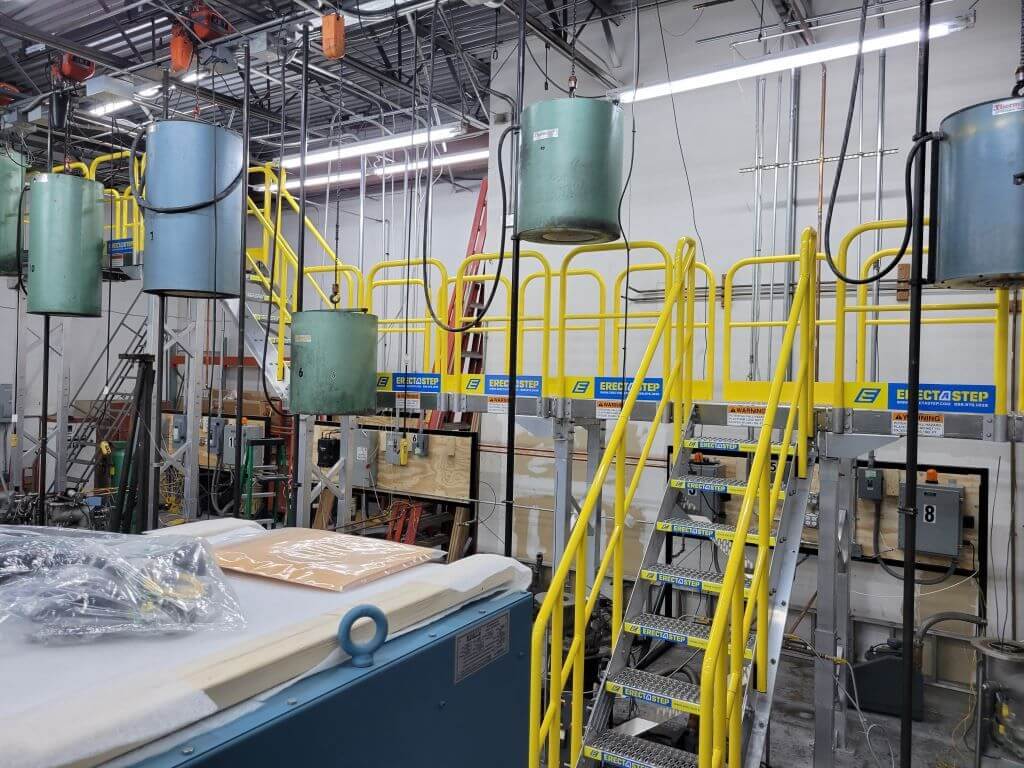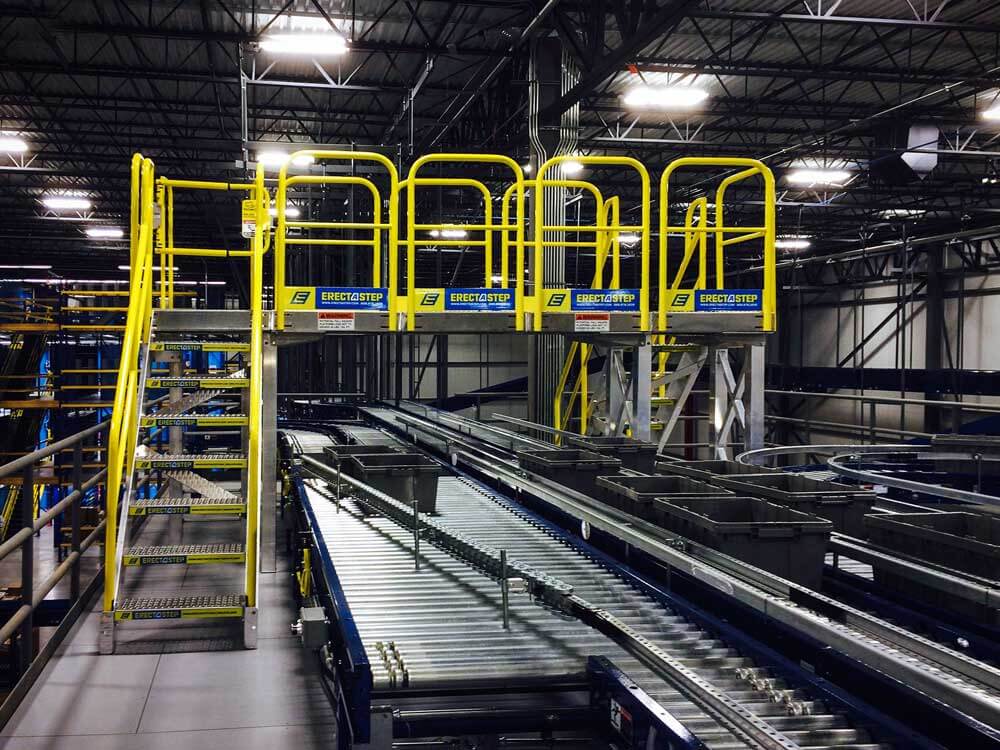The Guardrail is a railing built on one or more sides of a staircase, having the general purpose of providing safe protection to users while descending or ascending that staircase. OSHA and the IBC require the use of guardrails because they improve safety and code compliance in different settings.
Key Benefits:
- Safety: Prevents accidental falls from stairs.
- Compliance: Meets OSHA and IBC safety standards.
- Support: Provides additional support for users navigating stairs.
Applications:
- Residential staircases
- Commercial staircases
- Industrial staircases

Guardrails are protective barriers along the open sides of stairs to prevent falls, required by both OSHA and IBC.
Compliance with OSHA and IBC
OSHA Compliance: OSHA standards state that guardrails shall be capable of supporting a force in the order of 200 pounds placed within 2 inches above the top rail in any direction away from the vertical. Guardrails’ top edge height has also to be between 39 and 45 inches in regard to the walking-working surface.
IBC Compliance: The IBC requires that the guardrails in commercial buildings be 42 inches high at a minimum and adequately designed to sustain a load of 50 pounds per foot. The guardrail design and installation also need to ensure that a sphere of not less than 4 inches cannot fit through the space.




